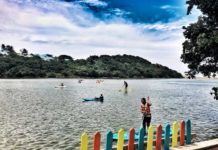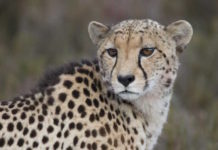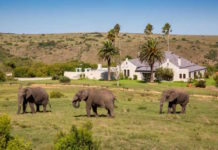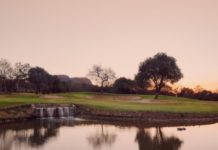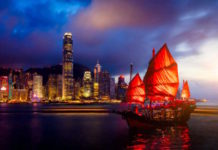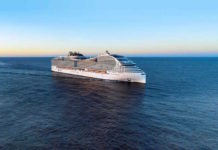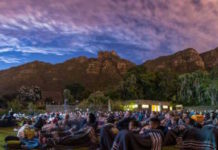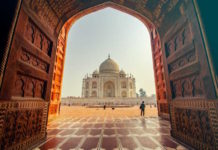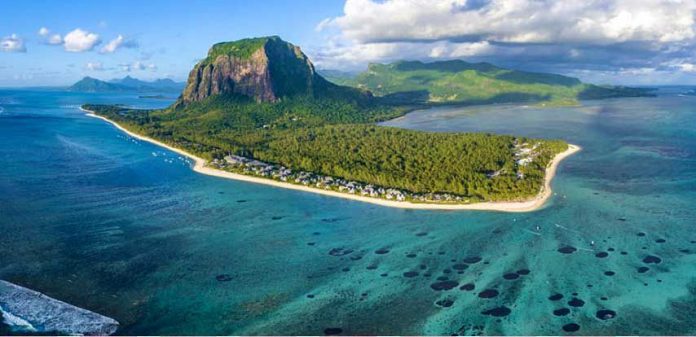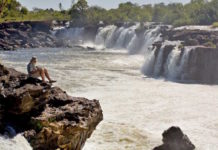It is also one of Africa’s great destinations, located in the middle of the turquoise Indian Ocean. Mauritius is divided into nine districts, which consist of different towns and villages. Mauritius is the second biggest island belonging to the group of islands called the Mascarenes or ‘Mascareignes’ as they are called in French. Mauritius originally was coated by dense rainforest, together with heath and mossy forest at higher elevations and coastal palm grassland. The island of Mauritius is volcanic in origin and surrounded by coral reefs. Mauritius is the home of two indigenous snakes, the Boleyria multicarinata, and Caesarea dussumieri.
European settlers introduced the animals like viverrine mammal dogs, cats, rats, monkeys, wild pigs, sambar cervid. Endangered species on Mauritius are pink dove, Spherical Island boa and keel-scaled boa, turtle, and kestrel, parakeet, and fody brush warbler, fody, flying fox, and day lizard. A small number of Mauritians emigrate each year, principally to Australia, Europe, and Canada.
Environment
The main environmental problems facing Mauritius are water pollution, soil erosion, and preservation of its wildlife. The sources of pollution include waste and agricultural chemicals. The erosion of the soil happens through deforestation.
Agriculture
The major crop is sugar cane. Tea and tobacco are also cash crops. Subsistence crops include potatoes, tomatoes, and bananas. Regenerate the fishing business by the technical help of Japan and India. Mauritius’s waters contain several species of fish with business worth, as well as tuna, snapper, and grouper.
Languages
English and French are the official languages. The most widely spoken language is Creole, derived from French. Bhojpuri is the second most common language, spoken by about 12% of the population. Only a small minority speak English as a first language.
Tourism
The government has made great efforts to promote tourism and attract visitors from more countries. The main attraction of nation is beaches, lagoons, and different scenic sites, the colonial design of nation, an extinct volcano in Curepipe, the fishing port and naval museum at Mahebourg, and also the Botanical Gardens at Pamplemousses. Football (soccer) is the national sport. Badminton, volleyball, basketball, tennis, and water sports are also popular. Many of the hotels also have golf facilities.
The visitors must have a valid passport, onward/return ticket, hotel confirmation, and sufficient funds for the stay. All travelers are required to carry a visa except nationals from the United States and most European countries. Don’t wait, book your Mauritius tour packages Now !!!
Cultural life
Mauritius offers a fashionable mixture of the various cultures and traditions of its completely different peoples. There are many holidays and festivals scheduled throughout the year, like Hindu festivals of Maha Shivaratree, Diwali, and the Muslim festival of Id- al-Fitr, Ramadan, and Christmas etc.
Media
All parts of the island are linked by telegraph, telephone, and postal services. The Mauritius Broadcasting Corporation transmits foreign radio and television broadcasts and locally produced radio and television programs. Daily news service is provided in French, English, and Creole. There will be varied daily and weekly publications in English, French, Chinese, and different languages.
Education
Education is compulsory between ages 5 and 16. Education is free up to the college level and is compulsory for six years. The educational system is based largely on the British school system. The primary school covers six years of study. This is followed by seven years of secondary studies (five years lower and two years upper). The academic year runs from August to May. Some students choose the universities in India, France, and the United Kingdom. More than four-fifths of the population is literate.
Housing
We can see three basic forms of homes: wattle and daub construction with thatched roofs; galvanized sheet-iron structures; and houses made of wood. Most households have three to five people.
Shopping
Shopping in Mauritius is a delightful affair. You can find a range of luxury shopping malls, quirky and cultural hubs, and everything else in between. Bagatelle Mall in Moka has over 130 stores and global brands, while Le Craft Market in Caudan Waterfront has some beautiful handcrafted products. There are also a lot of interesting markets in Mauritius, like Bay Bazaar and Central Market for souvenirs and exotic products.
Online shopping is also quite popular in Mauritius. There are plenty of online retailers that sell a wide variety of items, from home appliances and electronics to clothing and makeup. For your home basics, you can visit an online supermarket Mauritius locals trust. These online supermarkets offer ultimate convenience, as they offer delivery anywhere in Mauritius.
Finance and trade
Mauritius may be a home to several monetary establishments, together with development bank, offshore banking facilities, and several other industrial banks. The Bank of Mauritius is that the financial institution. The currency is known as Mauritian rupee. The country’s stock exchange is located in Port Louis.
The main import of country is machinery and transport equipment, petroleum, foodstuffs, and the exports are clothes and textiles, sugar, and fish and fish products. Important trading partners include the United Kingdom, France, the United States, South Africa and China. There are other places too near by to Visit and Mauritius Dubai package is one worth boarding.


